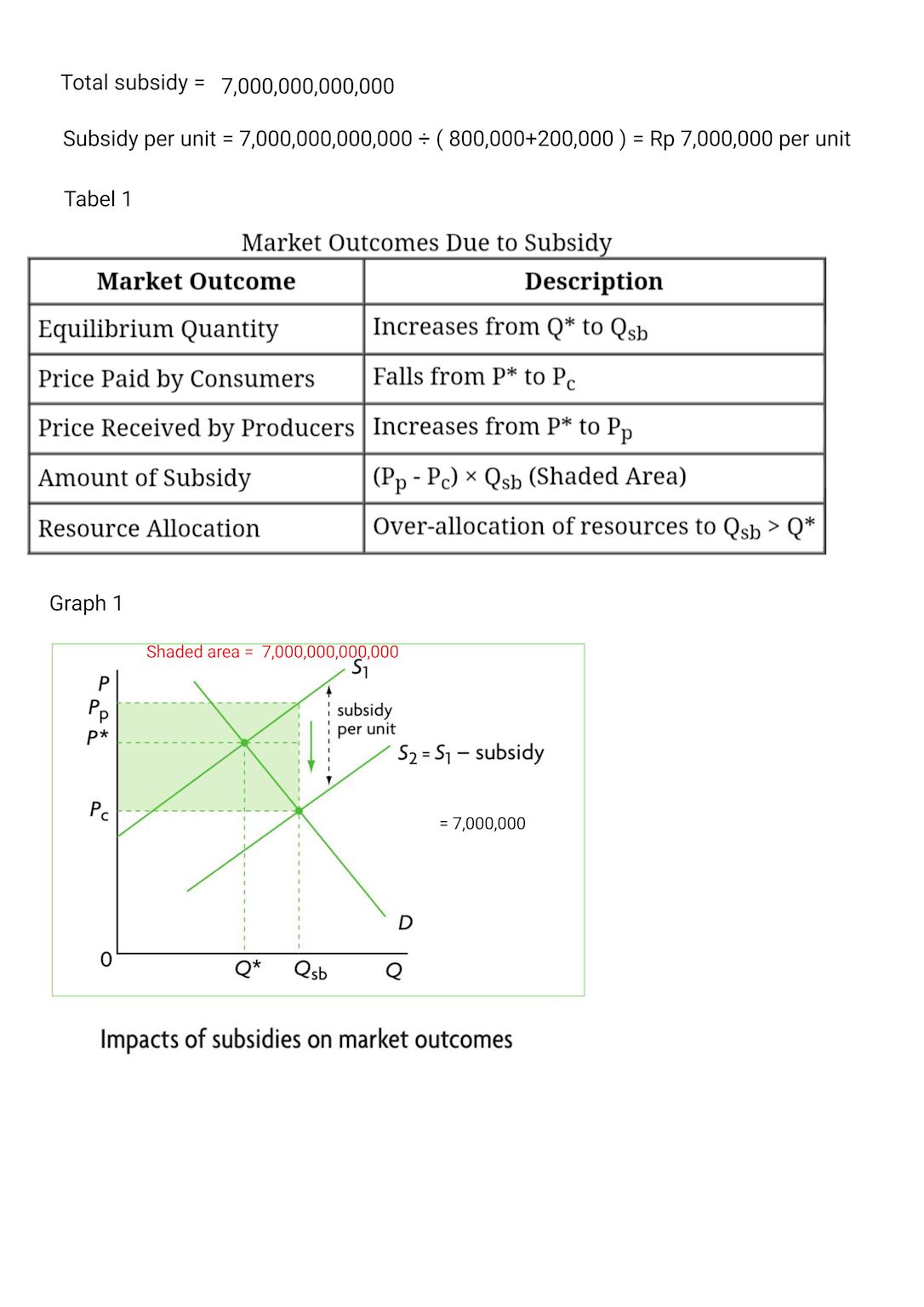The Impact of Government Subsidies on Electric Motorcycle Adoption in Indonesia
The Impact of Government Subsidies on Electric Motorcycle Adoption in Indonesia
Introduction
The Indonesian government has recently announced a significant subsidy initiative aimed at promoting the adoption of electric motorcycles. With a budget of $455 million (Rp 7 trillion), this subsidy is designed to make electric motorcycles more affordable and accessible to consumers. The initiative is part of a broader strategy to enhance sustainable transportation and reduce carbon emissions across the nation. This paper explores the implications of such subsidies on market dynamics, using economic models to illustrate the changes in supply and demand.
Discussion of Table and Graph
Table Analysis
| Market Outcome | Description |
|---|---|
| Equilibrium Quantity | Increases from Q* to Qsb |
| Price Paid by Consumers | Falls from P* to Pc |
| Price Received by Producers | Increases from P* to Pp |
| Amount of Subsidy | (Pp - Pc) × Qsb (Shaded Area) |
| Resource Allocation | Over-allocation of resources to Qsb > Q* |
Graph Analysis
The graph visually represents the impact of subsidies on market outcomes:

The original supply curve S1 shifts downward to S2 = S1 - subsidy, reflecting the reduced cost for producers. The intersection with the demand curve D moves from (P*, Q*) to (Pc, Qsb), illustrating the new market equilibrium. The vertical distance between S1 and S2 represents the subsidy per unit, calculated as Rp 7,000,000.
.jpeg)


